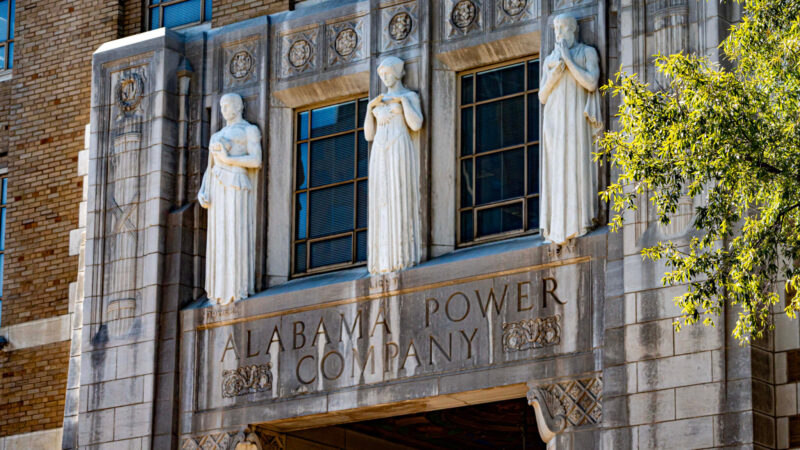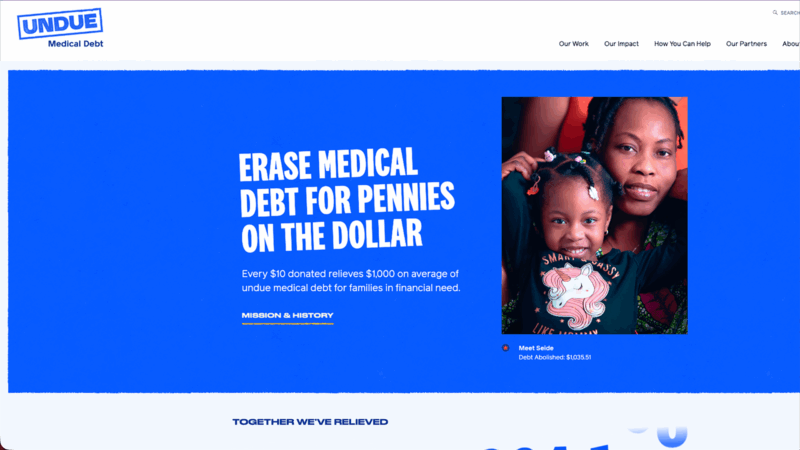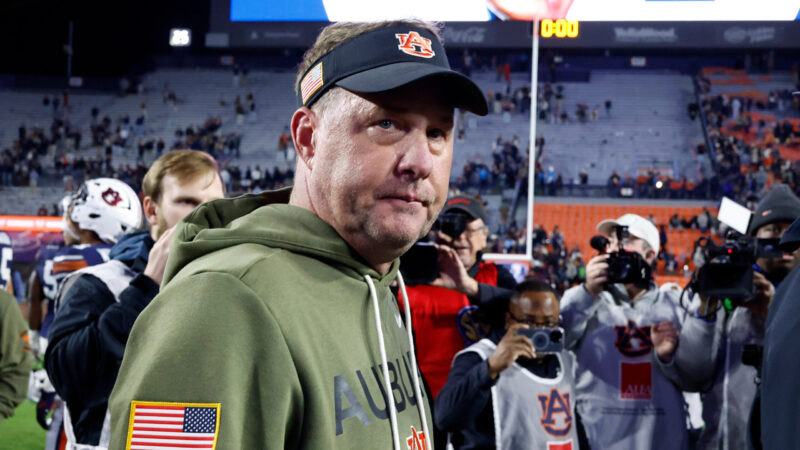Air Quality: Portland
Every two years Oregon drivers are required to get their vehicles inspected at testing stations like this one, run by the Oregon Department of Environmental Quality. Here at this DEQ Vehicle Inspection station just outside Portland, a technician measures levels of carbon monoxide and NOX from the tailpipe of a 1980s era sedan. Once her car passes the test, the driver can renew her vehicle registration for another two-year period.
The Clean Air Act, which was enacted in the early 1970s, directs the Environmental Protection Agency to establish legal limits for six air pollutants and mandates that every state meet these limitations. Back in the 70s the air in Portland often exceeded EPA limits. According to Susan Drake, an air quality specialist at DEQ, Portland’s geography exacerbates its potential for air pollution.
“We have a unique geographic set up here. We’ve got the Coast Range and the Cascade Mountains, which create a bowl where the pollution can really build up.”
“There was a build up of air pollution that you could visibly see.”
Marcia Danab is with the Oregon Department of Environmental Quality.
“and it impaired being able to see the mountains and also had health effects, especially for people with asthma.”
(Drake)”Back in the 70s and 80s when we began monitoring for air pollution we routinely violated the standard for ozone and for carbon monoxide.”
(Danab)”The main source of the pollution was vehicles, cars and trucks, and that’s why the vehicle inspection was the most important part of the plan to reduce air pollution.”
Oregon’s vehicle inspection program, which began in 1975, has helped reduce pollution in Portland, because it insures that at least once every two years drivers get their cars tuned up. According to Susan Drake with the DEQ, other factors have also helped clean up Portland’s air.
“During the 1980s the federal government put new technology requirements onto cars, things like catalytic converters, and this dramatically reduced the amount of pollution that they were producing. At the same time the federal government reformulated gasoline to make it less volatile and this resulted in less VOCs, or smog precursors going into the air.”
Cleaner gasoline and car emission controls have played a big role in cleaning up air quality in most cities around the country. But there is one thing that makes Portland unique.
(Drake)”I think a big part of what this region’s doing is an outstanding job at managing growth. We are trying to put people closer to the places where they work and play and this means that they’re driving less.”
(Fuglister) “Instead permitting new development to happen out in places where it’s just farmland or forestlands, we decided to draw a line around certain parts of the community and said, okay, we are going to grow and develop inside that line and not go outside of it.”
Jill Fuglister is co-director of the Coalition for a Livable Future, in Portland.
“By developing inside that line, we are building houses and stores and jobs all closer together so people drive less. We’re one of the rare places in the country where we’ve actually seen the amount that people are driving, it’s gone down.”
Groups like the Coalition for a Livable Future, or CLF, have helped shape Portland’s impressive network of mass transit, walking and bike paths. But Fuglister says something threatens to undo decades of planning that has made Portland the icon of livability: plans for a new 12-lane freeway bridge across the Columbia Rive. The proposed bridge would replace the current six lane bridge that connects Portland with the suburban community of Vancouver, Washington. If Portland is a poster child for smart growth, Vancouver, Washington is an example of sprawl. Business leaders in Portland and Vancouver emphatically support building this massive bridge, but critics of the plan, like CLF’s Jill Fuglister, believe that a 12-lane bridge will encourage more sprawl across the river from Portland.
“We know, because we’ve seen this across the country, that any time we add more capacity to freeways that more cars will drive on those freeways. And so we have more cars, more tailpipes, more pollution in our communities.”
And today it’s not just air pollution that is of concern.”
“This investment that we’re being asked to consider as a community is a 4.2 billion dollar investment in what we think is something that’s going to increase the amount of global warming pollution in our communities, not only global warming pollution but pollutants of all kinds that come from motor vehicles.”
In the freeway building glory days of the past business leaders would have had an easy time getting this proposal approved. But much has changed in the Northwest and now groups like CLF have created a place for themselves at the decision-making table. Many of CLF’s key suggestions are being seriously considered, such as charging tolls on the new bridge and assuring lanes for bicycles, pedestrians and light rail. What is yet to be determined is a larger question: can you ease congestion and discourage sprawl and pollution at the same time?
How Alabama Power kept bills up and opposition out to become one of the most powerful utilities in the country
In one of the poorest states in America, the local utility earns massive profits producing dirty energy with almost no pushback from state regulators.
No more Elmo? APT could cut ties with PBS
The board that oversees Alabama Public Television is considering disaffiliating from PBS, ending a 55-year relationship.
Nonprofit erases millions in medical debt across Gulf South, says it’s ‘Band-Aid’ for real issue
Undue Medical Debt has paid off more than $299 million in medical debts in Alabama. Now, the nonprofit warns that the issue could soon get worse.
Roy Wood Jr. on his father, his son and his new book
Actor, comedian and writer Roy Wood Jr. is out with a new book -- "The Man of Many Fathers: Life Lessons Disguised as a Memoir." He writes about his experience growing up in Birmingham, losing his dad as a teenager and all the lessons he learned from various father figures throughout his career.
Auburn fires coach Hugh Freeze following 12th loss in his last 15 SEC games
The 56-year-old Freeze failed to fix Auburn’s offensive issues in three years on the Plains, scoring 24 or fewer points in 17 of his 22 league games. He also ended up on the wrong end of too many close matchups, including twice this season thanks partly to questionable calls.
In a ‘disheartening’ era, the nation’s former top mining regulator speaks out
Joe Pizarchik, who led the federal Office of Surface Mining Reclamation and Enforcement from 2009 to 2017, says Alabama’s move in the wake of a fatal 2024 home explosion increases risks to residents living atop “gassy” coal mines.








